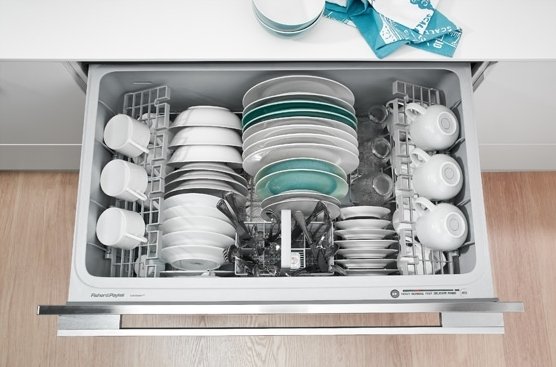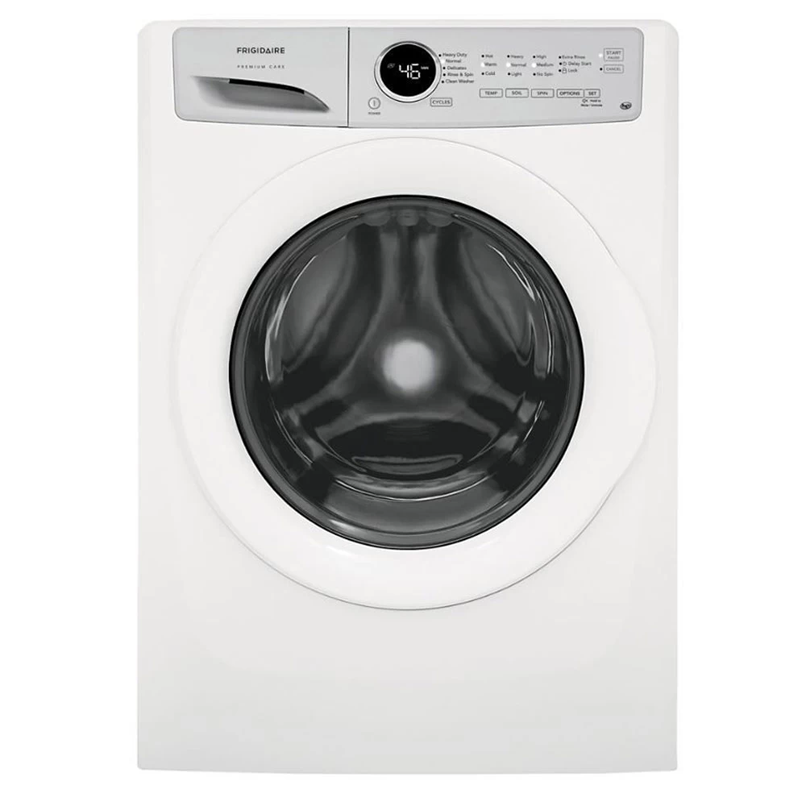Putting It All Together To See What Makes Appliances Tick
Appliances might not be the most interesting topic in the world, but they are a basic part of the American home. They make our lives easier, most of the time. According to Merriam-Webster, “ an appliance is a device or piece of equipment designed to perform a specific task, typically a domestic one.” Over the last year we’ve broken down every major appliance in the home, to go deep into what makes the different appliances work and what matters.
Each of the posts covers the important parts of their appliances. How do the appliances work? What sort of variations are there? What are the differences that are important to know if you’re looking to purchase? What features would you expect to find? So that’s the way each one works. We want to highlight the different posts, make them easier to find, and most importantly, show off something from each of them that might be of interest.
All About the Refrigerator
Let’s start off looking at the 5 major styles of refrigerators. When it comes to refrigerators you’ve got freezerless refrigerators, top freezers, bottom freezers, side by sides, and french doors. Even though the first three are listed by the location or lack of a freezer, they are still refrigerators. Why are they listed by the freezer then? Probably because they’re still refrigerators without much of a change. Even the Side by Sides and the French Door refrigerators are most defined by how they’re set up rather than any change in what they do. While that might seem odd, it’s because refrigerators don’t grow by leaps and bounds in terms of food storage. They grow by tiny moments, small improvements to how long food stays good. So the biggest factor for you as a home owner, is how you want them to look.
All About the Freezer
The freezer is both very similar and yet very different from the refrigerator. It doesn’t change much from one year to another, but instead, it slowly improves how long food can be kept. Changes to a lack of frostbite or lack of ice building up, they’re great! But overall, the freezer doesn’t change much in terms of its function. Instead, how the freezer is set up is what changes. For the freezer, your types are the portable freezer, a chest freezer, an upright freezer, and drawer freezers.
All About the Oven
Ovens are fantastic and have been for quite some time. The earliest ovens have been found in 29,000 BC. The varieties we have now are many, and the features are even more plentiful. We have gas and electric ovens, we have convection ovens, and steam ovens as well. Our favorite feature though is a toss up between the warming drawer and the steam clean function. No matter how many times we fix ovens that have that feature we have to be grateful for it.
All About the Stove
When it comes to the stove, everyone knows about gas stoves and electric stoves. The fights between the chefs will continue for ages yet, but for us, we love the induction stove. The fact that it’s nigh on impossible to be burned by the stove now is a fantastic thing. We also love that many stoves also offer continuous grates, which is wonderful for making breakfast foods of all sorts. After all, who doesn’t love breakfast?
All About the Dishwasher
For dishwashers the types you might have include built-in, drawer, portable, countertop and integrated. Dishwashers are constantly changing though and offering new tools and techniques to make them better. When researching this we found that our favorite feature was the sensor wash. This one feature makes it much easier to manage your water bill, and only uses the amount that’s needed to clean the dishes.
All About the Washer
We’re tempted to say that the best part of the article is adding ‘laundry’ to the list of things that are consistent in life, but that would be a rather morose thought. Instead, for us it was learning about the existence of washer-dryer combinations. It’s not an efficient machine. It’s not an easy to use machine. The fact that it exists though, is where any appliance starts, as it can’t get better if it doesn’t exist yet.
All About the Dryer
And finally we have dryers. There are so many different types of dyers. They can all be said to do the same thing, but how they go about it? That’s wildly different. You’ve got gas dryers and electric dryers, but that’s just the power source. More important are the heat pump condenser dryers which use a technique similar to a refrigerator to make a dryer work many times more efficiently than the dryers any of us grew up with.
And that’s that! If you’re looking to find out more about the options as of right now (2022) these are the posts to check out. Upgrades will come with time and we’ll update the page as well, diving in and letting you know what we’ve found as always. Let us know on Facebook or in the comments below, which article do you find the most useful?
If instead you’re here because one of your appliances is making the holidays a nightmare, we can help with that! You can reach out to us on our contact page, or by giving us a call at ((214) 599-0055). Even with the holidays, we’ll work with you to find a time that works best for you. At Appliance Rescue Service our goal is to get your home running smoothly again, whether it’s an oven that won’t stay lit, a dishwasher that isn’t draining or a dryer that’s squeaking.
























